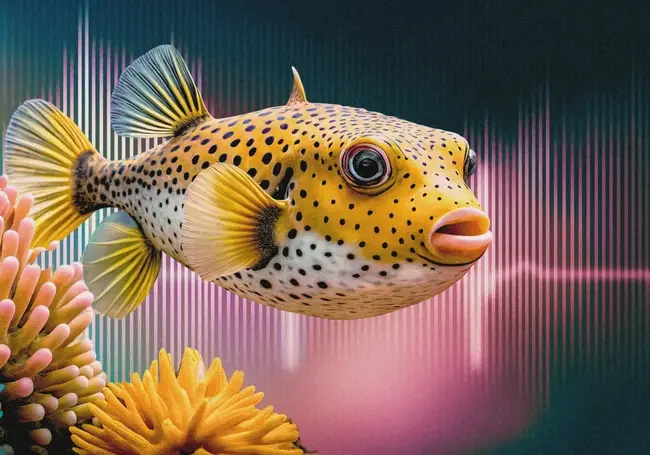
For centuries, farmers have believed that animals communicate through body language and that mimicking their sounds can elicit a response.
Now, European scientists combined bioacoustics, the study of animal sounds with artificial intelligence (AI) to monitor biodiversity both on land and in aquatic settings.
The University of Copenhagen in an official statement said that scientists analysed wildlife sounds to develop an AI algorithm that identifies species more accurately and efficiently than ever before.
The new algorithm allows scientists or farmers to perceive unique insights into the behaviours and habitats of animals without disturbing them.
The animal sound interpreting algorithm works by assessing huge amounts of data involving sound recordings to identify animal species. This helps distinguish between animal sounds and spot different species in unique environments including densely populated forests and underwater too.
AI Distinguishes Between Animal Species
The algorithm converts sound clips into 'images' that the AI can analyze to identify animal calls. The AI only needs to be trained to recognize the species of interest.
Postdoctoral researcher Jeppe H. Rasmussen from the Department of Biology explained that the method allows scientists to process large amounts of data quickly and accurately, instead of having a person listen to the recordings and try to distinguish between animal species.
"The method makes it possible for us to distinguish animal sounds from one another and detect species in densely forested areas or underwater, where cameras, for example, are often impractical.”
This method has potential applications in various environments, such as tropical forests and marine ecosystems, to monitor endangered species.
The study of animal sounds in conjunction with AI has been proven to be an effective method for monitoring animals in the past too.
AI Interprets Pig Noises Like Oinks And Grunts
The same researchers developed an AI algorithm last year to interpret pig noises to improve their welfare.
This AI algorithm was aimed to help farmers interpret animal emotions through their sound. By knowing how the pigs are feeling, farmers can address and act on the animal’s needs, ultimately improving their well-being.
Elodie Mandel-Briefer, a behavioural biologist at the University of Copenhagen told Reuters, “While many farmers already have a good understanding of the well-being of their animals by watching them in the pig pen, existing tools mostly measure their physical condition.”
Now, Bioacoustics along with machine learning (ML) techniques helped European scientists process vast amounts of data to interpret animal sounds both underwater and on land.
According to a 2019 study, Bioacoustics is the study of the production, transmission and reception of animal sounds. This includes the vocalisations of animals such as birds and mammals and also insect sounds.
“Automated analysis of animal sounds can be used for individual animal detection, species detection, location of animal detection and population monitoring.” the past study noted.
“In conservation, it is useful when verifying if human activities such as shipping or seismic survey vessels affect wild animal behaviour.
Overall, Bioacoustics, using automated monitoring and machine learning, can effectively track animal populations, detect early signs of decline, and improve ecological studies.
This low-impact and affordable strategy could be crucial for preserving threatened species.
Scientists in their research emphasised that 28% of all assessed plant and animal species are now at risk of extinction, new noninvasive and efficient tools to monitor populations are urgently needed.












